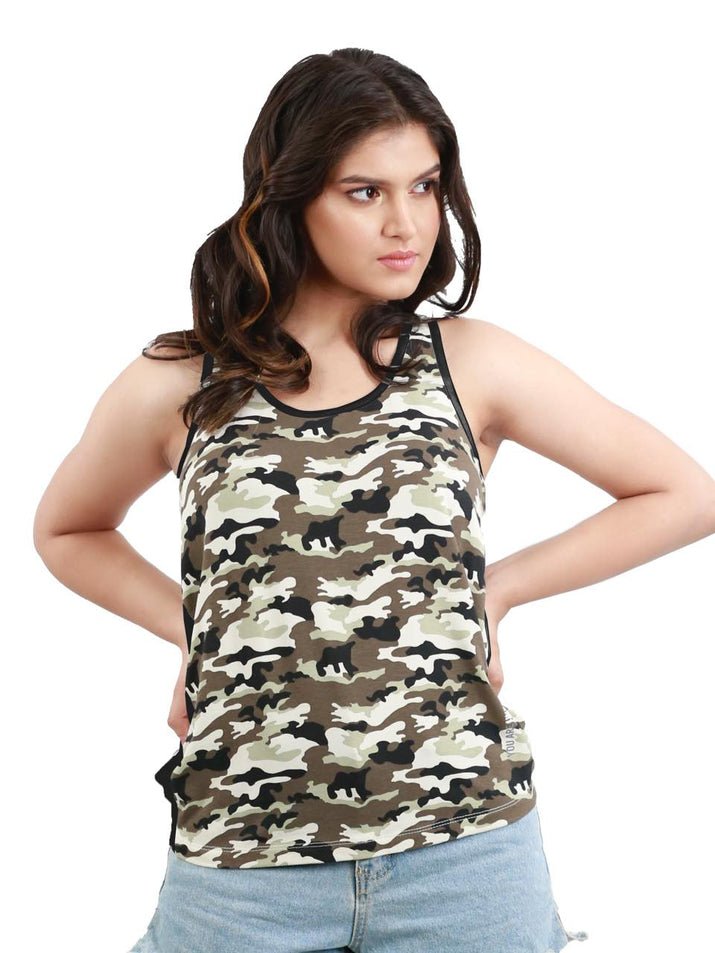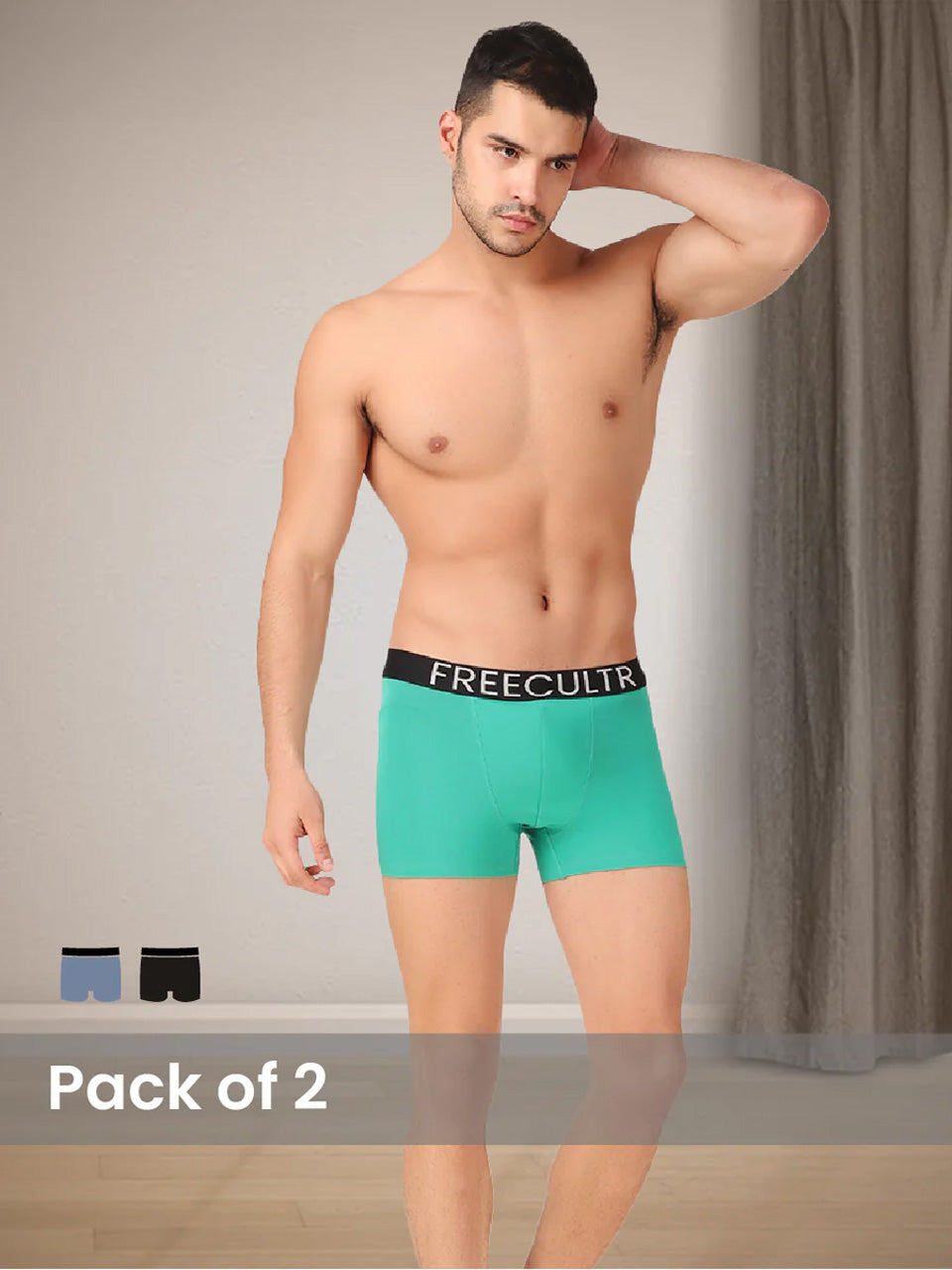Forget bulky gym wear; performance apparel is evolving. Today's athletes and fitness enthusiasts demand gear that enhances, not hinders, movement. Lightweight design is no longer a luxury. A necessity for peak performance, particularly as HIIT and cross-training gain traction. Consider the modern tank top: engineered for minimal weight and maximum breathability. Crucially, it integrates advanced moisture-wicking fabrics – think polyester microfibers or innovative blends – which actively draw sweat away from the skin, accelerating evaporation. This isn’t just about comfort; it's about maintaining optimal body temperature and reducing chafing, ultimately allowing you to push harder, longer. Achieve your fitness goals with unrestricted agility.

Understanding Lightweight Design in Apparel
Lightweight design in apparel refers to the construction of clothing using materials and techniques that minimize weight without compromising durability or functionality. This approach prioritizes comfort and freedom of movement, making it ideal for athletic wear, outdoor activities. Everyday casual wear. The key to lightweight design lies in the selection of fabrics and the implementation of streamlined construction methods.
- Fabric Selection: Choosing lightweight materials like polyester, nylon, merino wool, or blends is crucial. These fabrics possess a high strength-to-weight ratio.
- Construction Techniques: Utilizing techniques such as flatlock seams (which minimize bulk and chafing) and minimal layering contributes to a lighter final product.
- Component Reduction: Reducing the number of unnecessary components, like heavy zippers or excessive embellishments, helps to keep the garment lightweight.
The Science of Moisture-Wicking
Moisture-wicking refers to a fabric's ability to draw sweat away from the skin and transport it to the outer surface of the material, where it can evaporate. This process keeps the wearer dry and comfortable, preventing the build-up of moisture that can lead to discomfort, chafing. Even chills. This functionality is primarily achieved through the fabric's structure and the properties of the fibers used.
- Capillary Action: Many moisture-wicking fabrics rely on capillary action, where the structure of the fibers creates tiny channels that draw moisture away from the skin.
- Hydrophobic and Hydrophilic Fibers: Some fabrics utilize a combination of hydrophobic (water-repelling) and hydrophilic (water-attracting) fibers. The hydrophobic fibers repel moisture from the skin, while the hydrophilic fibers absorb and transport it to the outer layer.
- Surface Area: Fabrics with a large surface area promote faster evaporation. This is why many moisture-wicking fabrics have a textured or open-knit construction.
Key Materials Used in Lightweight, Moisture-Wicking Apparel
Several materials are commonly used in the production of lightweight, moisture-wicking apparel. Each material offers unique benefits and drawbacks in terms of performance, durability. Cost.
- Polyester: A synthetic fiber known for its durability, affordability. Excellent moisture-wicking properties. Polyester is also resistant to shrinking and stretching.
- Nylon: Another synthetic fiber that is strong, lightweight. Water-resistant. Nylon is often blended with other fibers to enhance its performance.
- Merino Wool: A natural fiber that is exceptionally soft, breathable. Moisture-wicking. Merino wool also has natural odor-resistant properties. But, it can be more expensive and require more careful laundering than synthetic options.
- Polypropylene: A lightweight and hydrophobic synthetic fiber that is excellent at wicking moisture. Polypropylene is often used in base layers.
- Blends: Many fabrics are blends of different fibers to combine the benefits of each. For example, a polyester-spandex blend offers moisture-wicking properties with added stretch and comfort.
Comparing Different Moisture-Wicking Technologies
Various technologies are used to enhance the moisture-wicking capabilities of fabrics. These technologies often involve applying special finishes or treatments to the fibers.
| Technology | Description | Pros | Cons |
|---|---|---|---|
| Mechanical Wicking | Relies on the fabric's structure and fiber shape to create channels for moisture transport. | Durable, less likely to wash out over time. | Can be less effective than chemical treatments. |
| Chemical Wicking | Involves applying a chemical finish to the fabric that enhances its ability to absorb and transport moisture. | Highly effective at wicking moisture. | The finish can wash out over time, reducing effectiveness. |
| Fiber Modification | Involves modifying the fibers themselves to improve their moisture-wicking properties. | Long-lasting performance, less likely to wash out. | Can be more expensive to produce. |
Real-World Applications of Lightweight, Moisture-Wicking Tank Tops
Lightweight, moisture-wicking tank tops are incredibly versatile and find applications in a wide range of activities and settings.
- Athletic Wear: Ideal for running, yoga, weightlifting. Other sports where comfort and freedom of movement are essential. The moisture-wicking properties help to keep athletes dry and comfortable, improving performance.
- Outdoor Activities: Perfect for hiking, camping. Other outdoor adventures. The lightweight design reduces bulk, while the moisture-wicking properties help to regulate body temperature and prevent overheating.
- Casual Wear: A comfortable and stylish option for everyday wear, especially in warm weather. They can be paired with shorts, jeans, or skirts for a variety of looks.
- Undergarments: Can be worn as a base layer under other clothing to provide additional moisture-wicking and temperature regulation.
Personal Anecdote: As an avid runner, I've found that wearing a lightweight, moisture-wicking tank top makes a significant difference in my comfort and performance. On hot summer days, the moisture-wicking fabric keeps me dry and prevents chafing, allowing me to focus on my run without distractions. I've also noticed that I feel cooler and more comfortable during intense workouts when wearing this type of apparel.
Maintaining Your Lightweight, Moisture-Wicking Apparel
Proper care is essential to maintain the performance and longevity of lightweight, moisture-wicking apparel. Following the manufacturer's instructions is always recommended. Here are some general guidelines:
- Washing: Wash in cold water with a mild detergent. Avoid using fabric softeners, as they can clog the fibers and reduce the fabric's moisture-wicking properties.
- Drying: Tumble dry on low heat or hang to dry. High heat can damage the fibers and reduce their performance.
- Ironing: Avoid ironing, as the heat can damage the synthetic fibers. If ironing is necessary, use a low setting and iron on the reverse side of the fabric.
- Storage: Store in a cool, dry place. Avoid storing in direct sunlight, as this can fade the colors and damage the fibers.
The Future of Lightweight and Moisture-Wicking Fabrics
The field of textile technology is constantly evolving, leading to the development of even more advanced lightweight and moisture-wicking fabrics. Some emerging trends include:
- Bio-Based Materials: The development of sustainable and eco-friendly materials derived from renewable resources.
- Smart Fabrics: Fabrics that incorporate sensors and other technologies to monitor body temperature, heart rate. Other vital signs.
- Self-Cleaning Fabrics: Fabrics that are treated with coatings that repel dirt and stains.
- Enhanced Moisture Management: Fabrics that offer even greater moisture-wicking and breathability than current options.
These advancements promise to further enhance the performance and comfort of apparel, making it even more suitable for a wide range of activities and applications. The combination of Fashion & Comfort will continue to drive innovation in this area, providing consumers with apparel that not only looks good but also performs exceptionally well.
Conclusion
So, you’re ready to ditch that heavy, clingy workout gear, right? Remember, a lightweight, moisture-wicking tank isn’t just about comfort; it's about unlocking your peak performance. Think of it as your secret weapon against sweat-induced distractions. Personally, I find layering a tank under a light jacket even on cooler days helps regulate my temperature perfectly during runs. Now, take that knowledge and apply it! Don’t just buy the tank; integrate it into your active lifestyle. Experiment with different workout routines or even style it casually with your favorite jeans. The modern athleisure trend is all about versatility, so don't be afraid to get creative. Ultimately, feeling good in what you wear translates to confidence and motivation. Go out there and conquer your goals! For more about athleisure trends, check out resources like Vogue's athleisure coverage.More Articles
Tees – Soft Fabric & Durable WearTank Top – Versatile Layering & Breathable Style
Women's Tank Top – Breathable Fabric & All-Day Comfort
Men's Trunks – Quick Drying & Enhanced Mobility
FAQs
So, what exactly makes this tank top 'lightweight'?
Good question! It's all about the fabric. We use a specially woven material that's super thin and breathable. Think of it like wearing next to nothing – but in a good way, providing coverage and support without weighing you down.
Moisture-wicking, huh? Does it actually work, or is that just marketing fluff?
Totally fair question! We know 'moisture-wicking' gets thrown around a lot. But yes, it actually works! The fabric is designed to pull sweat away from your skin and spread it out, so it evaporates faster. , you'll stay drier and more comfortable, even when you're working up a sweat.
Is this tank top see-through? I'm not trying to show off everything at the gym.
Nope, it's not see-through! While the fabric is lightweight, it's also constructed to provide adequate coverage. You can confidently wear it without worrying about any unwanted transparency.
What kind of activities is this tank top good for? Like, could I wear it for running?
Absolutely! It's designed for a wide range of activities. Running, yoga, hiking, gym workouts – anything where you're moving and want to stay cool and dry. It's also comfy enough to just lounge around in!
How should I wash this tank top to keep it in good shape?
Easy peasy! Machine wash cold with similar colors and tumble dry low. Avoid using bleach or fabric softeners, as they can mess with the moisture-wicking properties. Treat it right. It'll last you a long time.
Does it shrink when you wash it?
We've pre-shrunk the fabric as much as possible, so you shouldn't experience significant shrinkage after washing. Just follow the care instructions. You'll be golden!
Okay. Is it flattering?
We think so! We designed it with a comfortable, slightly relaxed fit that flatters most body types. It's not too tight or too loose, just right!






